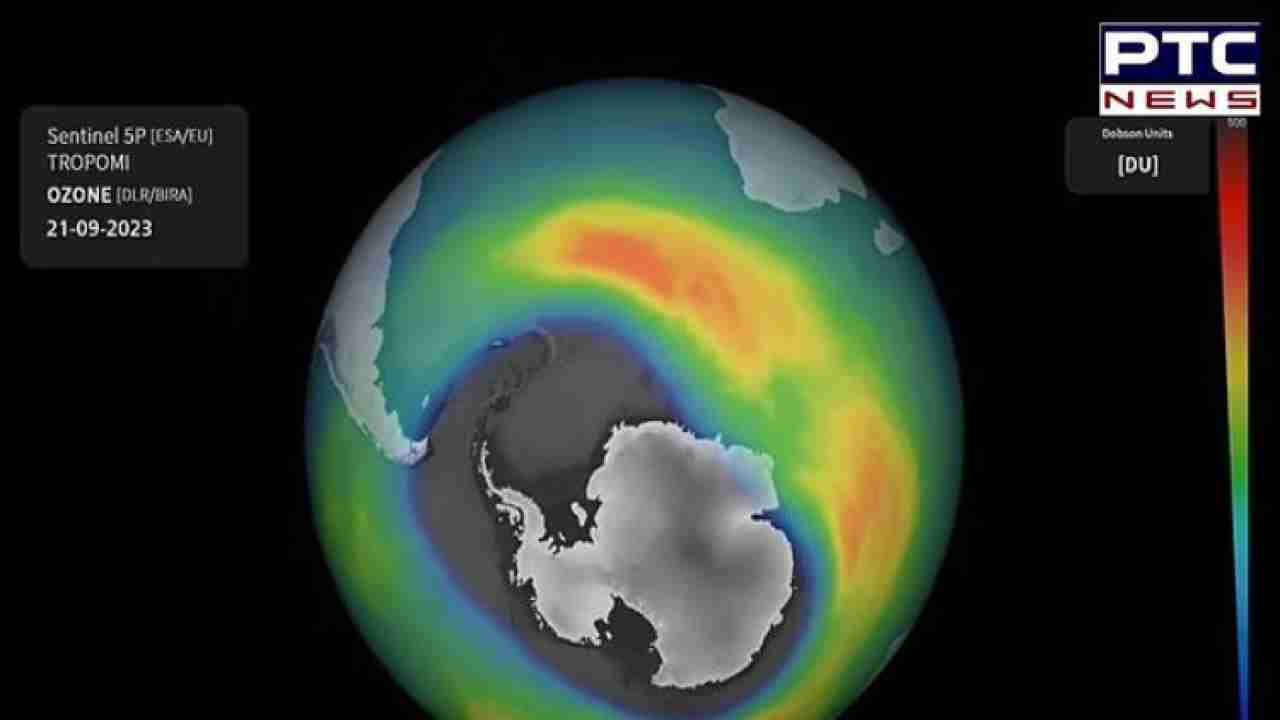

Ozone hole over Antarctica grows to one of largest on record, 3 times the size of Brazil
Size of Ozone Hole grows: The size of the ozone hole has grown to near-record size, reaching a size of 26 million sq km on 16 September 2023, according to the European Space Agency (ESA). "This is roughly three times the size of Brazil," the space agency said.
According to the space agency, the ozone hole fluctuates on a regular basis. The ozone layer expands from August through October, reaching its maximum depletion between mid-September and mid-October.
The ozone hole has increased "rapidly" since mid-August this year, "making it one of the biggest ozone holes on record," according to Copernicus Atmosphere Monitoring Service senior scientist Antje Inness.
"It reached a size of over 26 million sq km on 16 September. Tropomi ozone data are an important dataset for our ozone analysis," the scientist further said.
ESA explained that the variability of the size of the ozone hole is mostly driven by the strength of a strong wind band that travels across the Antarctic area. This strong wind band is caused by the rotation of the Earth and the large temperature differences between polar and moderate latitudes.
"If the band of wind is strong, it acts like a barrier: air masses between polar and temperate latitudes can no longer be exchanged. The air masses then remain isolated over the polar latitudes and cool down during the winter," ESA said.
However, the exact cause of the current ozone concentrations is unknown.
By the end of December, ozone levels return to normal.
Antje says that the January 2022 eruption of the Hunga Tonga volcano injected a large amount of water vapour into the stratosphere, which only reached the south polar areas after the 2022 ozone hole ended.
"The water vapour could have led to the heightened formation of polar stratospheric clouds, where chlorofluorocarbons (CFCs) can react and accelerate ozone depletion. The presence of water vapour may also contribute to the cooling of the Antarctic stratosphere, further enhancing the formation of these polar stratospheric clouds and resulting in a more robust polar vortex," he added.
However, the exact impact of the Hunga Tonga eruption on the Southern Hemisphere ozone hole is still being researched, according to ESA.
- With inputs from agencies
